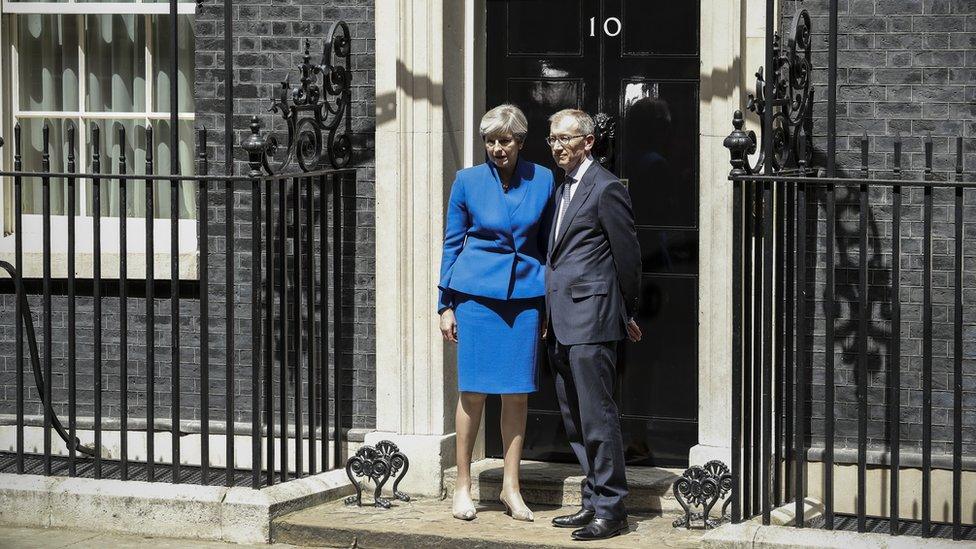Local elections 2018: How to cast your vote
- Published
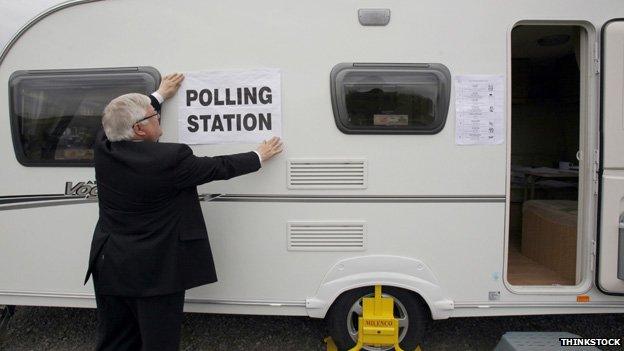
On 3 May, local elections take place across England. Here's how to vote.
When can I vote?
The election takes place between 07:00 and 22:00 BST. If you are in a queue at 22:00 BST, you will be guaranteed the opportunity to vote.
What are we voting for?
Councillors are being elected across England, and in six areas mayors are being elected too.
How do I find my polling station?
If you are on the electoral register, you should have received a polling card through the post which has your name, polling number and the address of your polling station printed on it.
Polling stations are usually set up in public buildings such as schools, community centres and village halls near where you live.
Your local authority's election office will be able to tell you where your polling station is.
To find the contact details of your local office, enter your postcode on the About My Vote website., external
Do I need to bring ID?
If you are voting in Bromley, external, Gosport, external, Swindon, external, Watford, external or Woking, external, you need to bring ID to vote. The requirements vary between those areas, so visit the council's website for details. ID is not required in other areas.
Do I need to take my polling card with me?
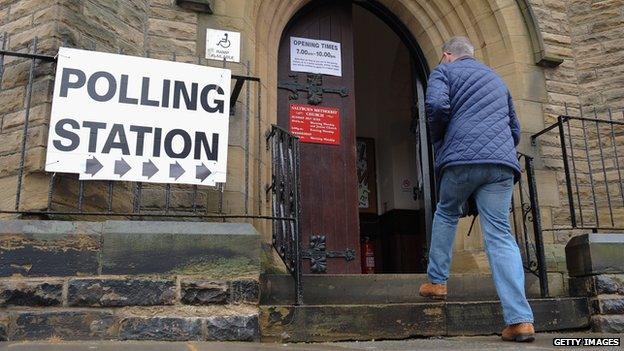
Voters in Swindon and Watford are being asked to bring polling cards as part of the ID pilot mentioned above. Check these two councils' websites for ID that will be required if you do not have your polling card.
In other areas it is not required, but taking it to the polling station can speed up the process.
Can I go to any polling station?
No. You must vote at the polling station to which you have been assigned.
Any voter who has not had a chance to post their postal vote (if they have asked for one) can still take it to their polling station.
What do I do when I get to the polling station?
When you arrive, staff will take your details and cross off your name on their checklist. In one of the five pilot areas mentioned above you will also need to show ID at this point.
What happens next?
You will be given a ballot paper listing candidates and parties you can vote for. It will be printed on special paper or feature an official mark or number to combat fraud.
You may get more than one ballot paper if there is more than one election taking place in your area.
Then I vote?
Yes. Take the ballot paper(s) to one of the booths, which are screened to ensure secrecy.
Each polling booth should include sharpened pencils, attached to string long enough to accommodate both right and left-handed voters. You can use you own pen or pencil if you prefer.
Read the instructions carefully before you vote.
How do I vote?
Put an X in the box next to the name of the person or persons you want to vote for.
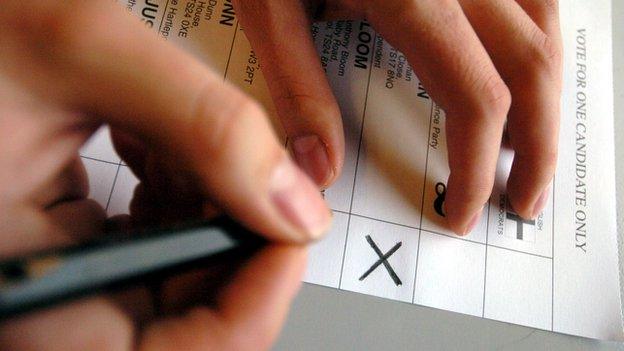
Can I put a smiley face instead?
The Electoral Commission says the best way to make sure your vote is counted is to mark an X in a box. But a smiley face or anything which is interpreted by a returning officer as an expression of preference "must not be rejected if the voter's intention is clear", its guidance to returning officers says.
What do I do next?
Fold the ballot paper or papers so others cannot see your choice and post it in the ballot box.
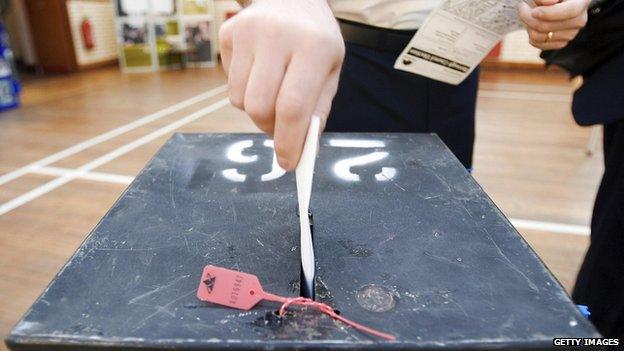
What if I make a mistake?
Don't worry. You can get your ballot paper reissued, so long as you have not put it in the ballot box.
Can I spoil my ballot paper?
Yes. The verification of the used, unused and spoilt ballot papers is a legal requirement. Some people spoil their votes as a means of registering their democratic right to express a view, but not vote for any of the candidates.
I have got a disability. Can I get help?
Yes, everyone has the right to request assistance to mark their ballot paper. You can do this by asking the presiding officer to mark the paper for you. Or bring a close family member who is over 18, or someone who is eligible to vote at the election, such as a support worker, with you.
If you have a visual impairment, you can ask for a special voting device that allows you to vote on your own in secret. A large print version of the ballot paper should also be clearly displayed in the polling station.
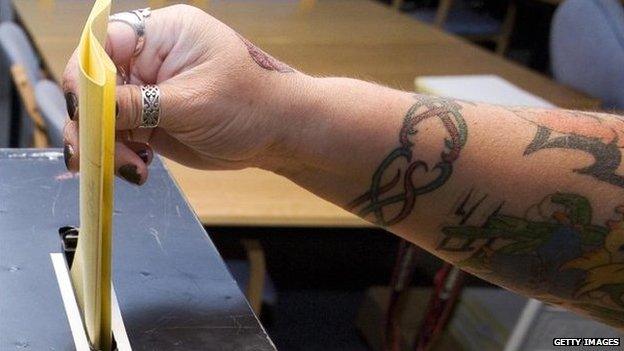
Returning officers must also consider accessibility requirements when planning for an election, and polling stations are selected in consultation with local disability groups so that wheelchair ramps and disabled parking spaces are available.
If a voter cannot enter the polling station because of a physical disability, the presiding officer may take the ballot paper to the elector.
What if I cannot get to a polling station?
If you are suddenly incapacitated or taken ill on polling day, you can apply for an emergency proxy up until 17:00 BST on the day.
I forgot to register, can I vote?
No. You cannot vote unless you are on the electoral register.
Is it compulsory to vote?
No, people cannot be forced to vote.
When will I know the result?
It depends on your local council's arrangements - some counts are taking place overnight once polls close, and some during the day on Friday.
- Published6 June 2017
